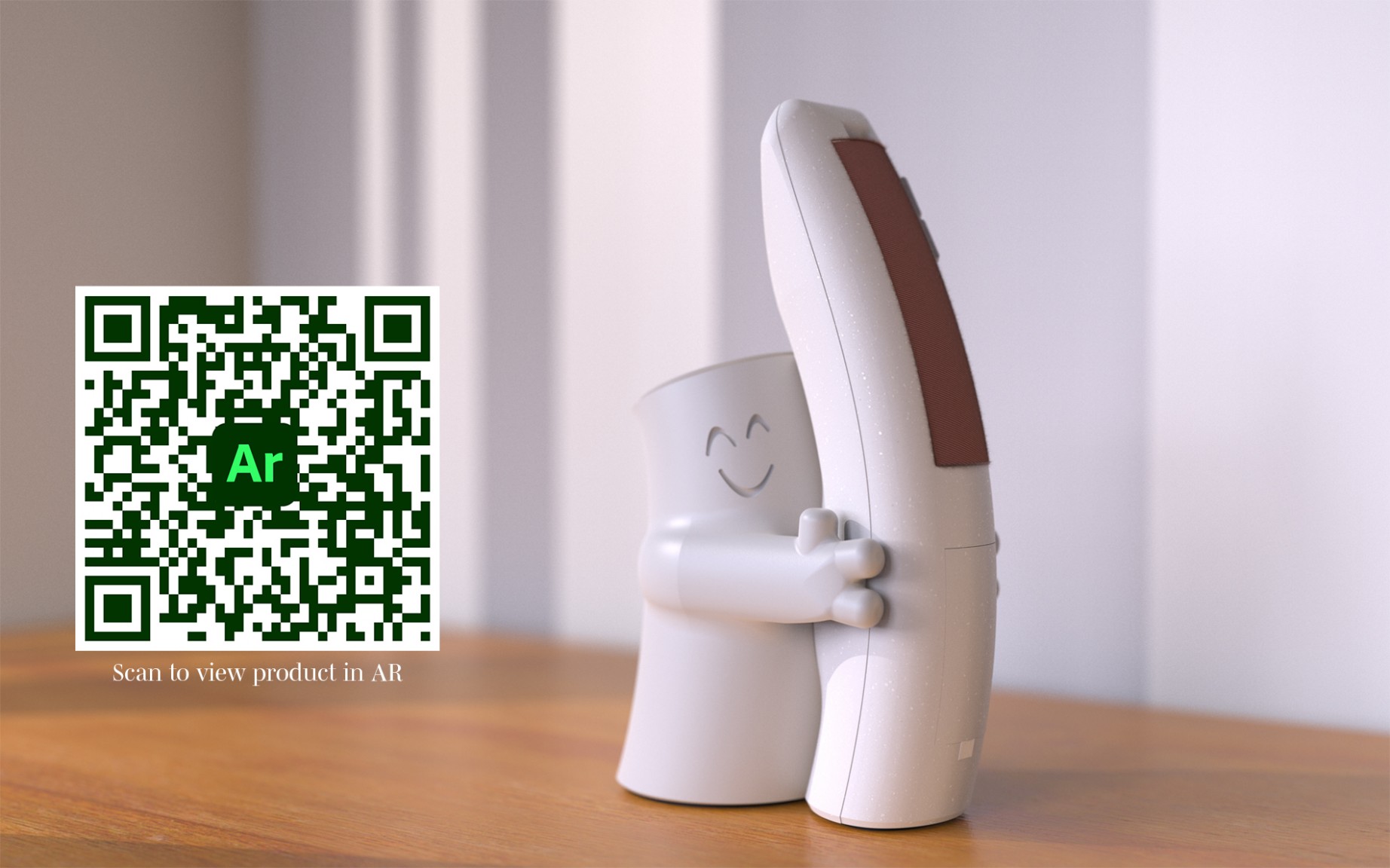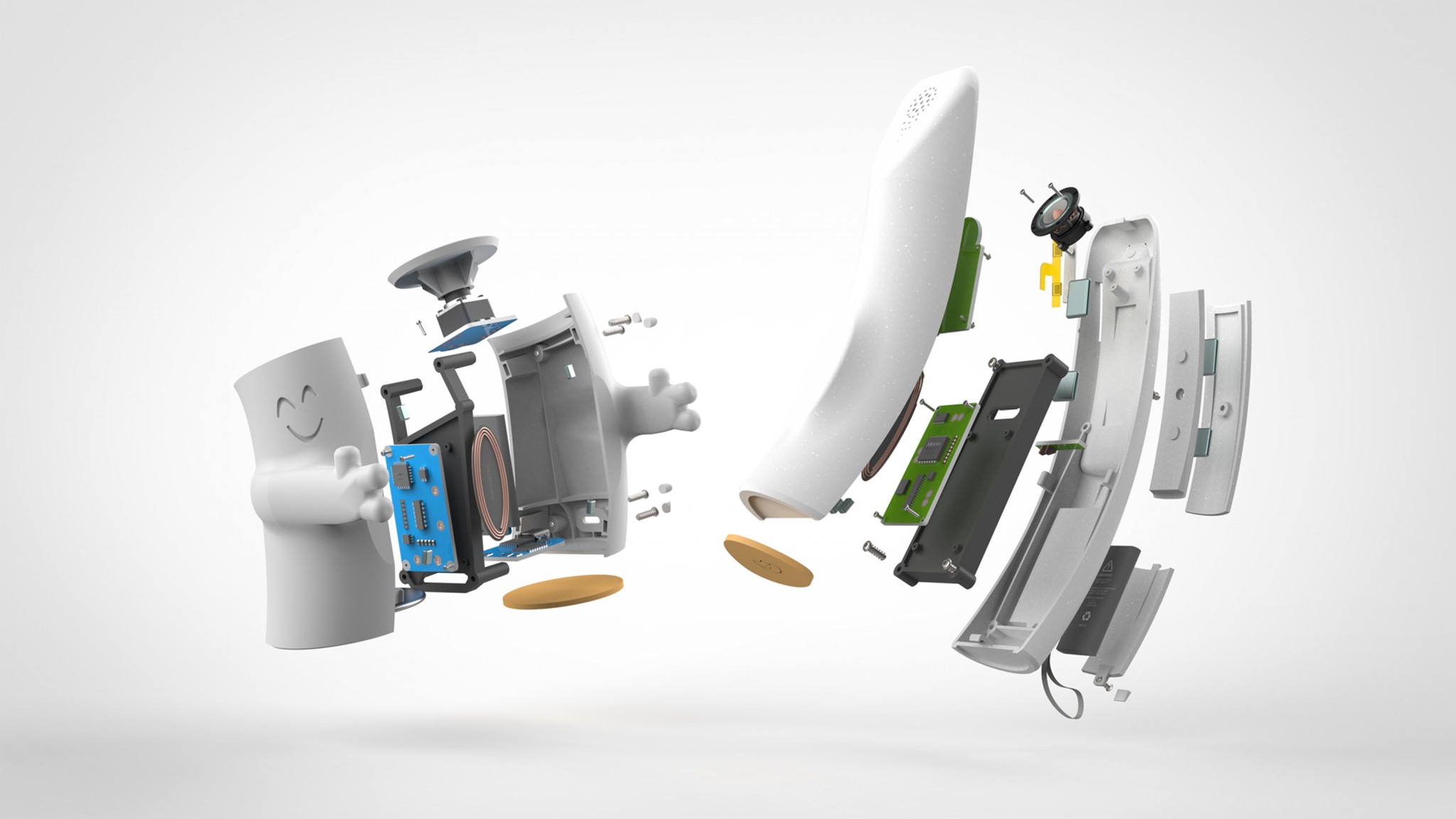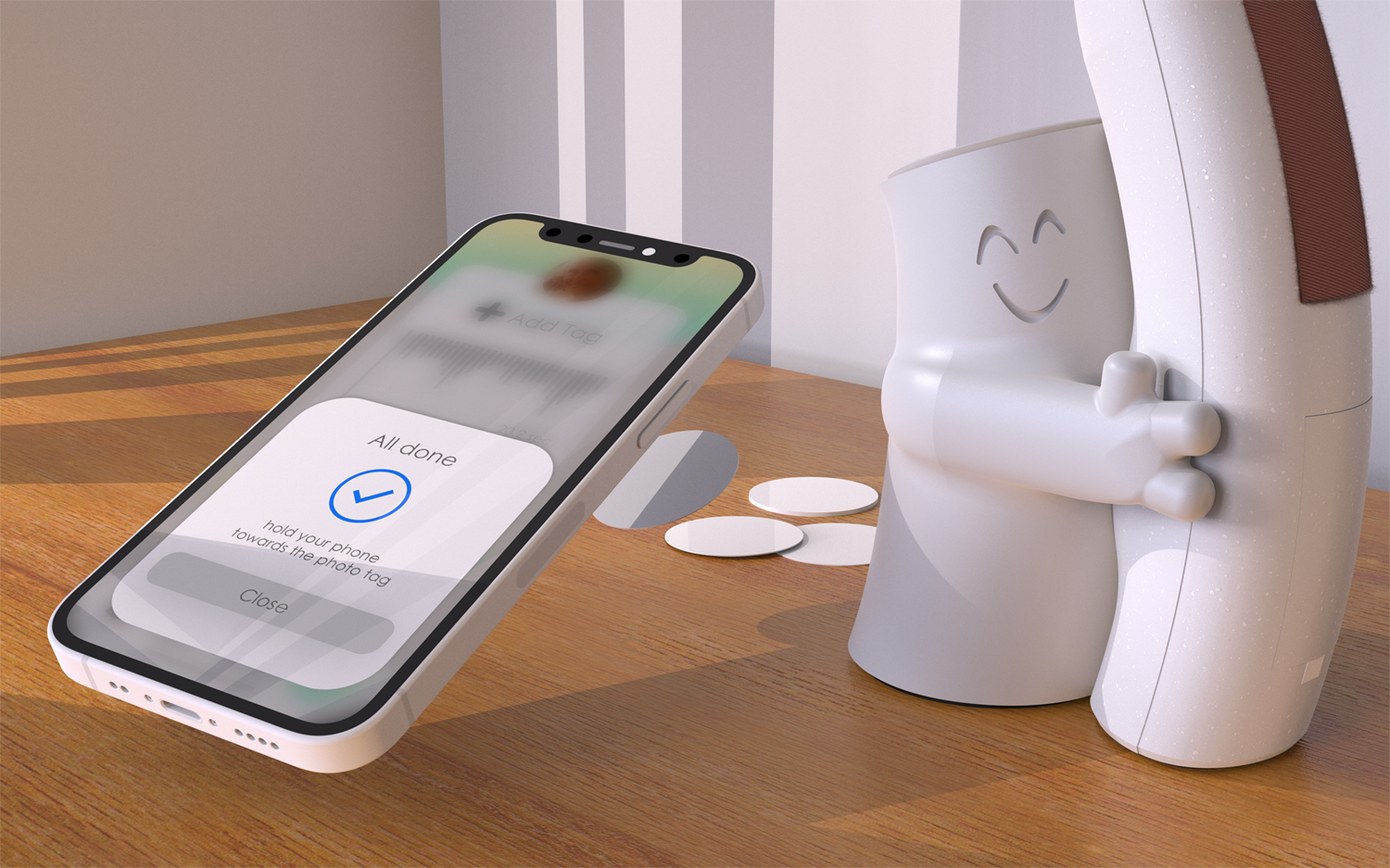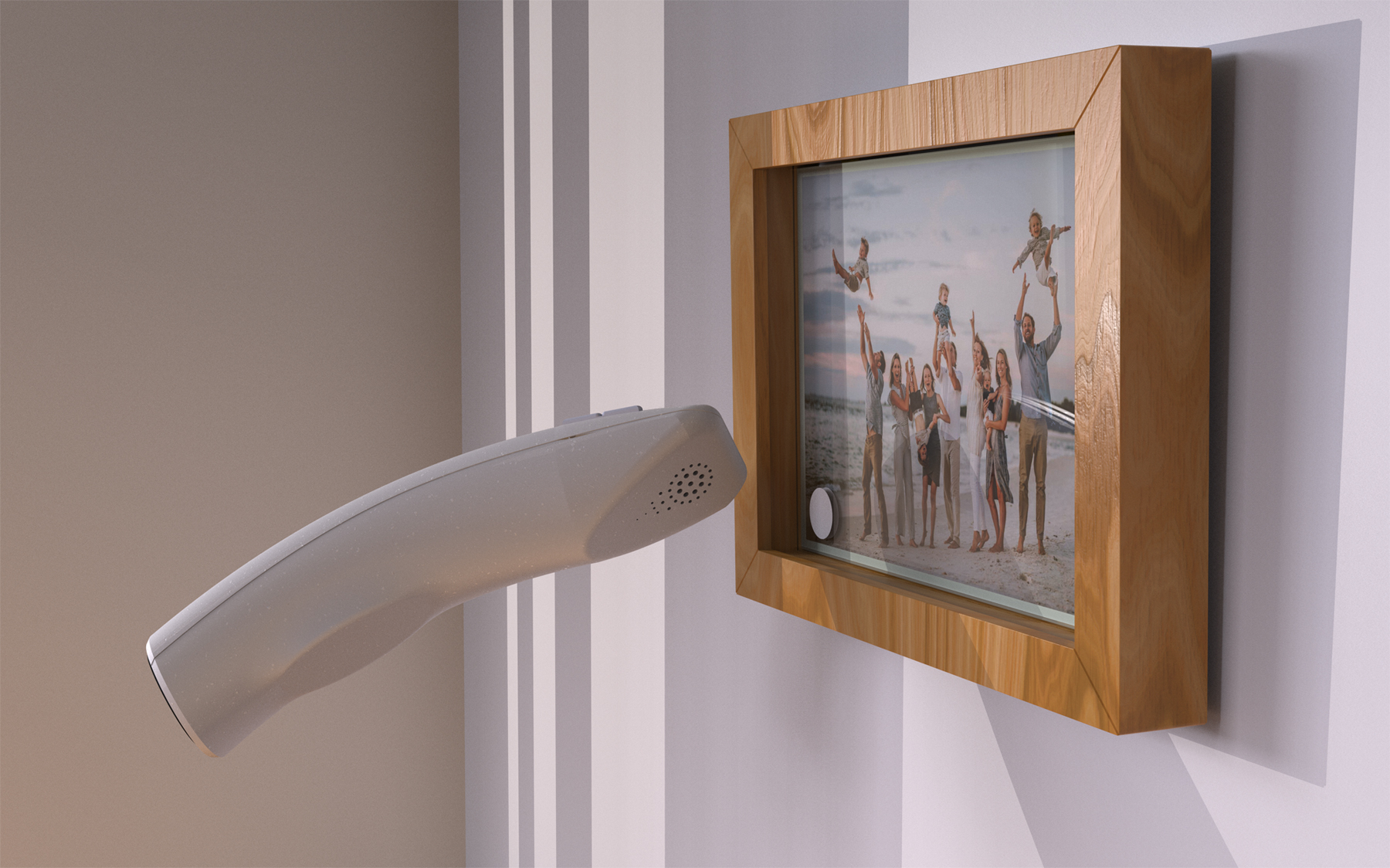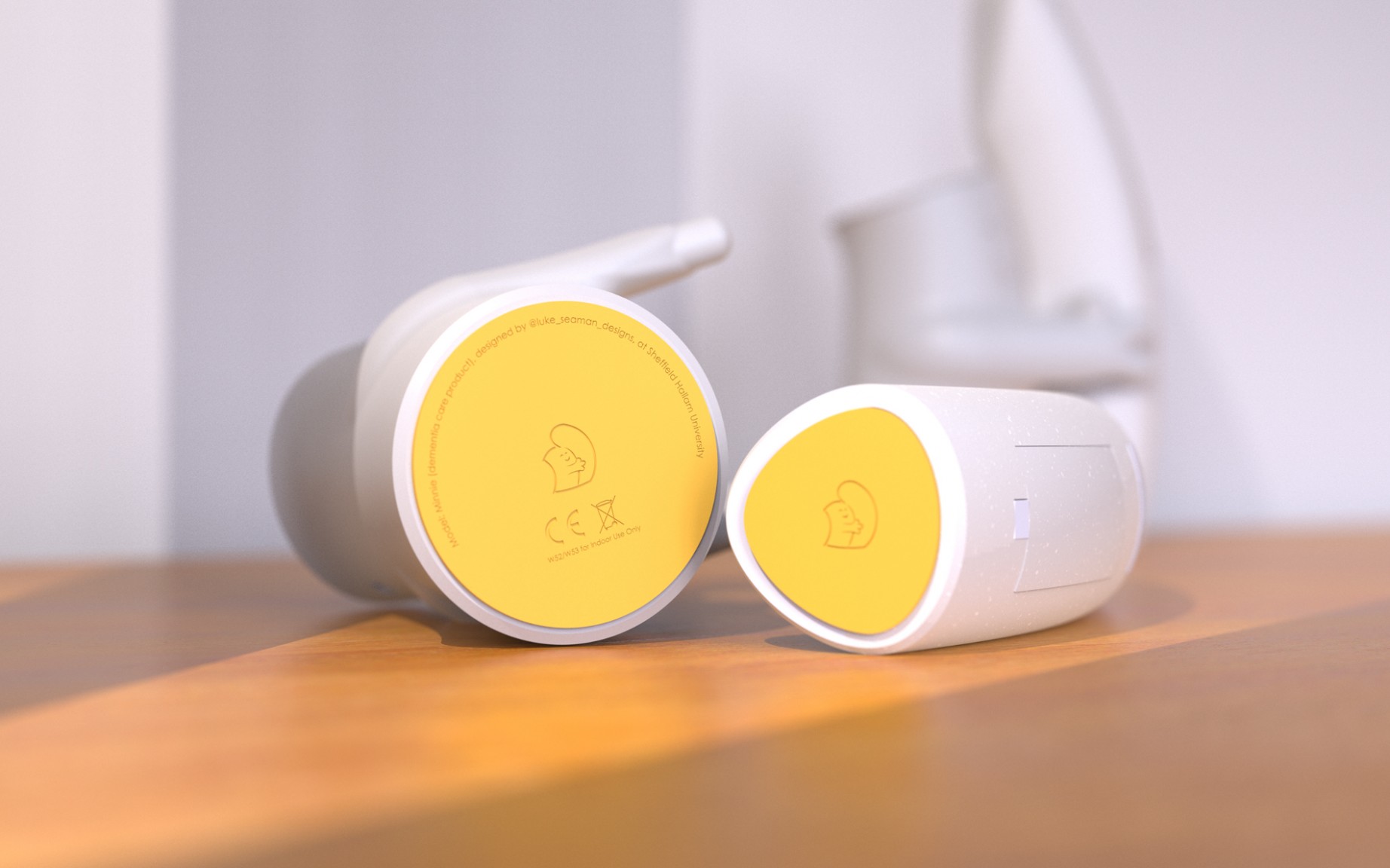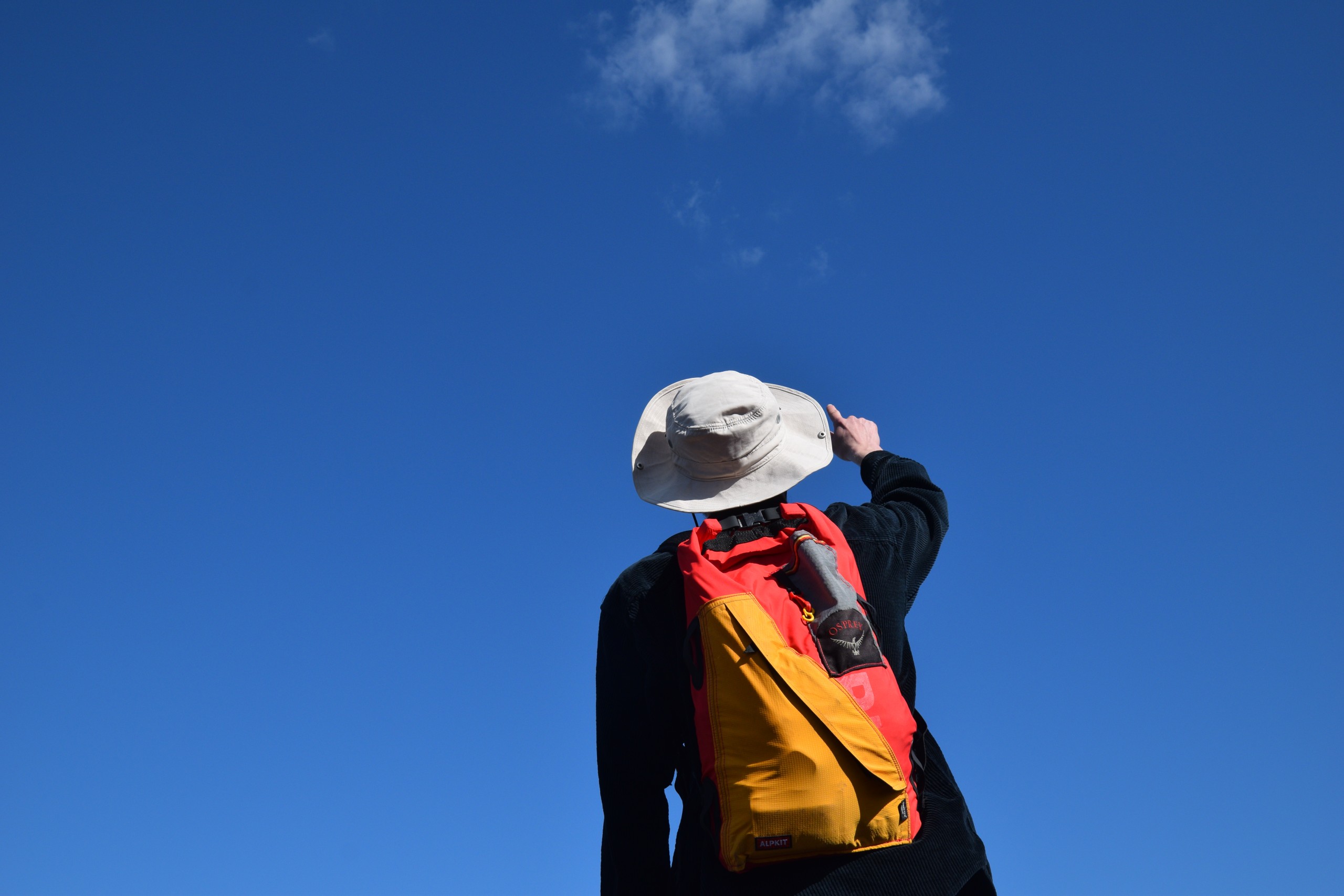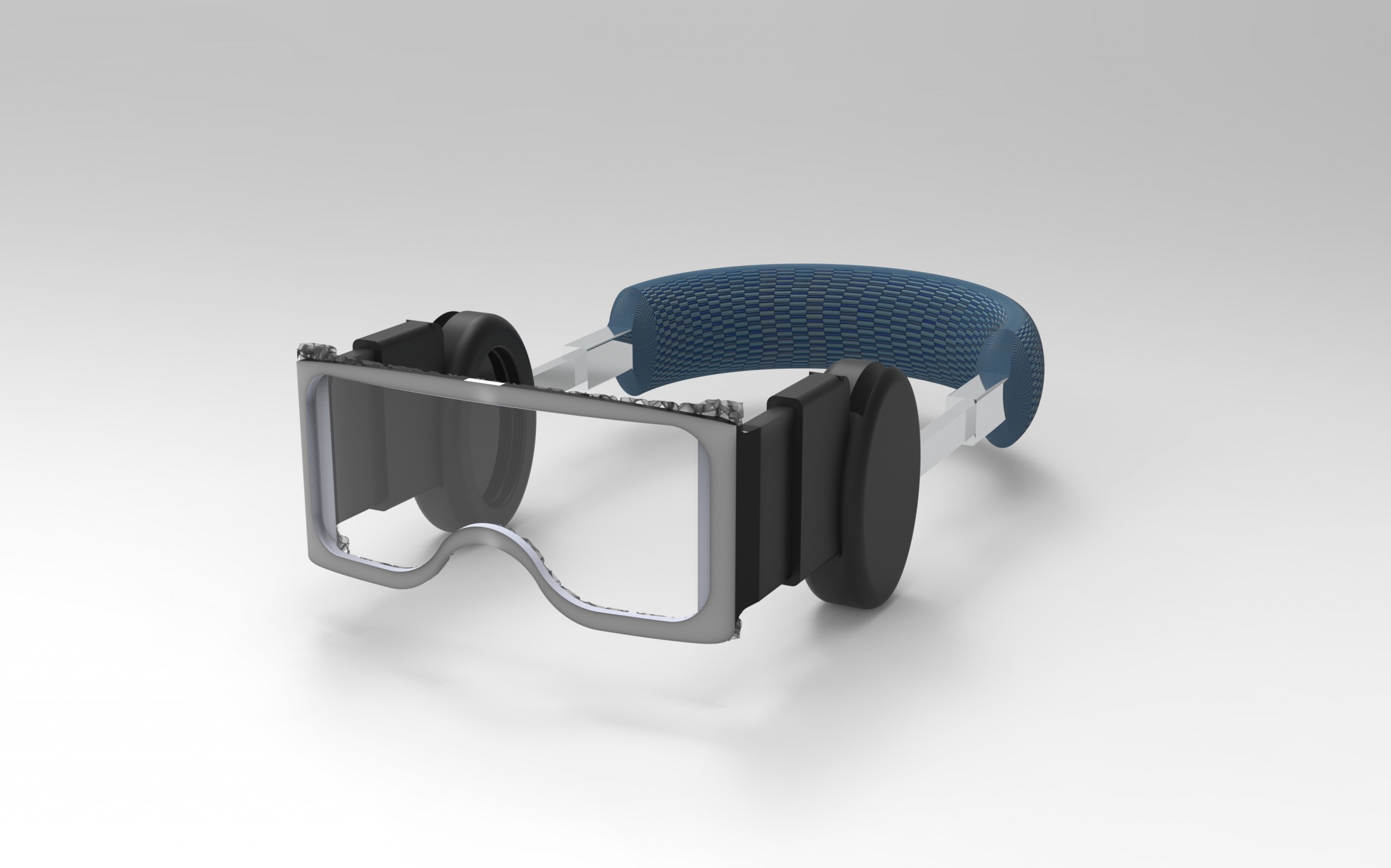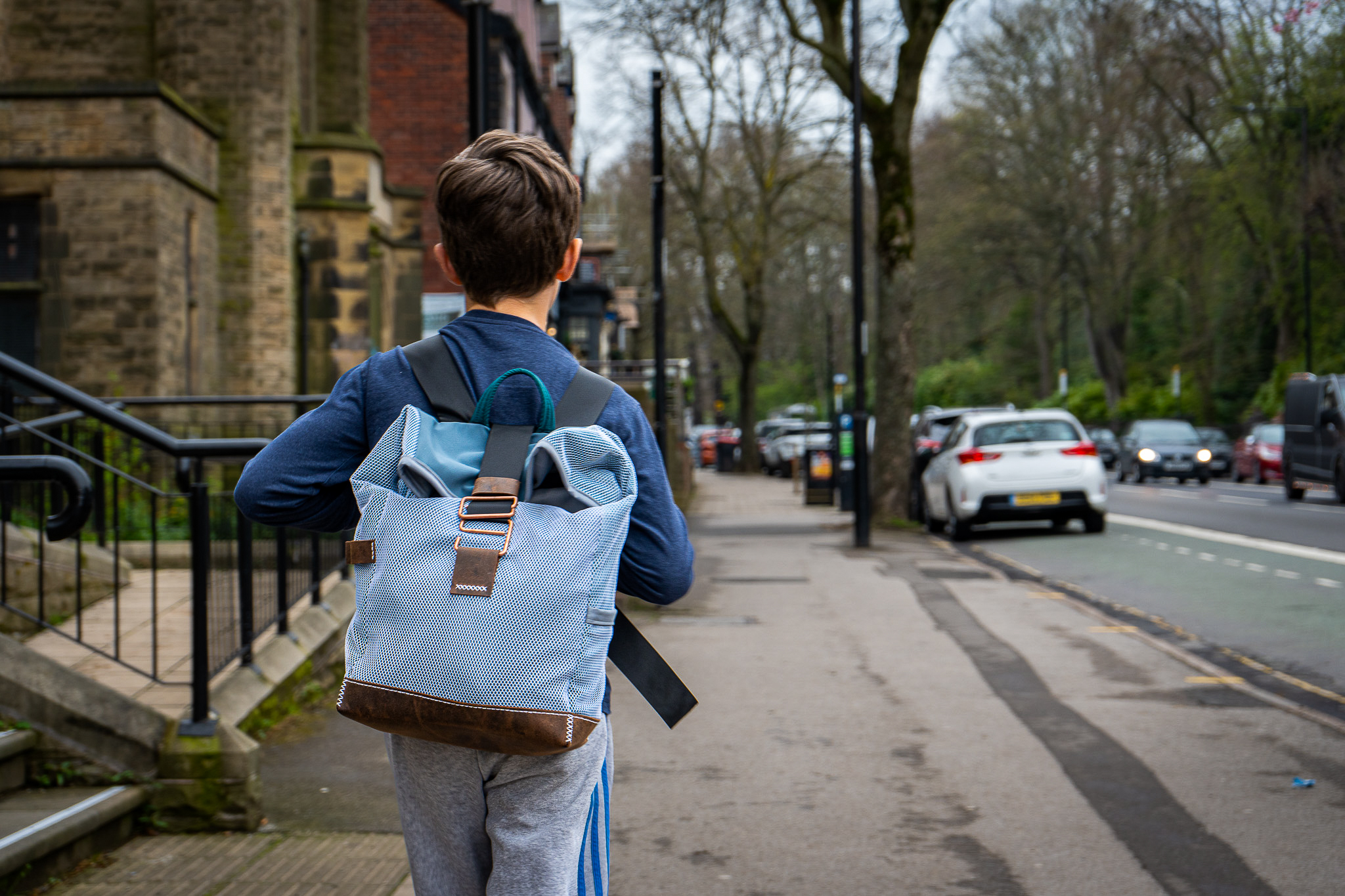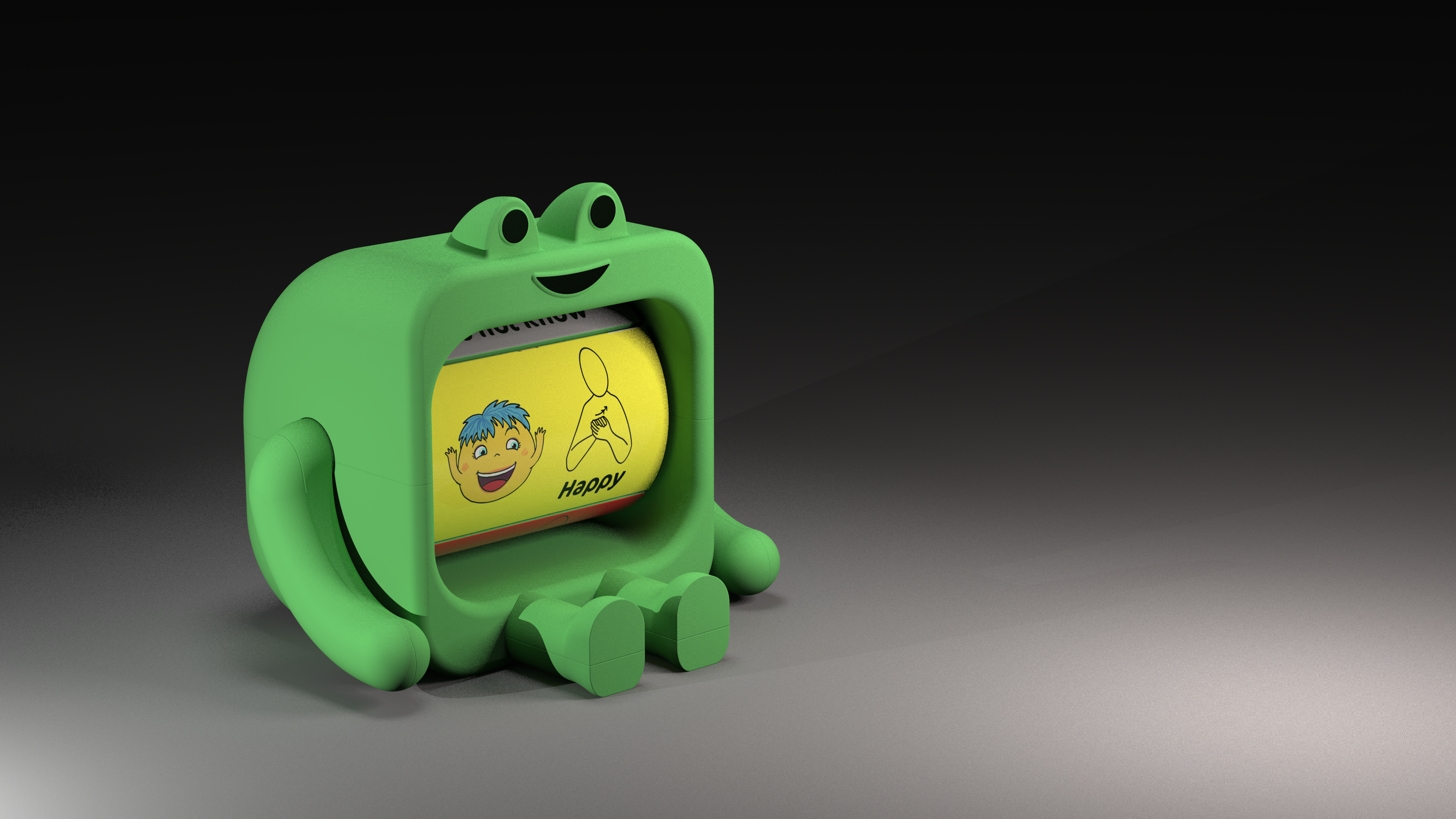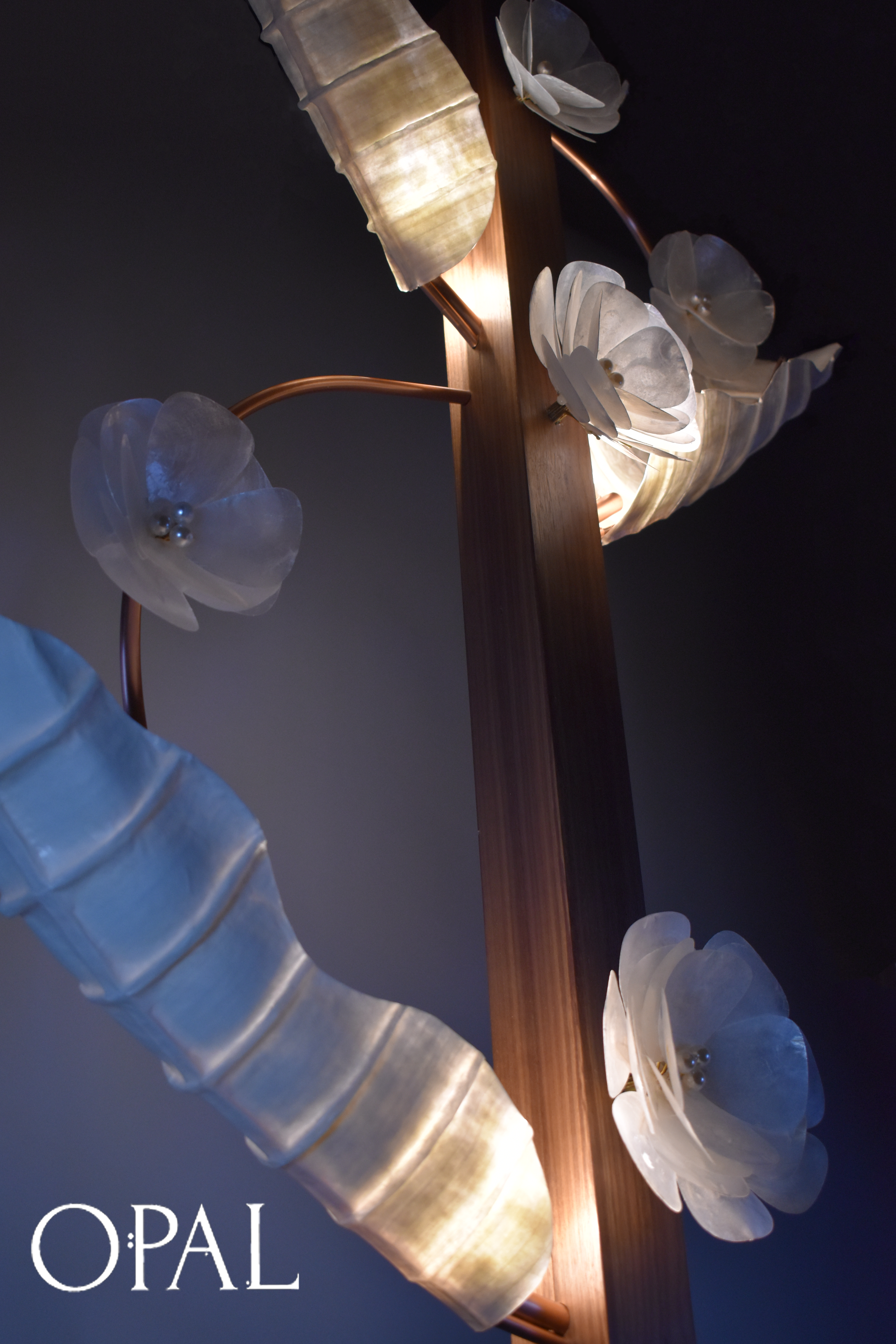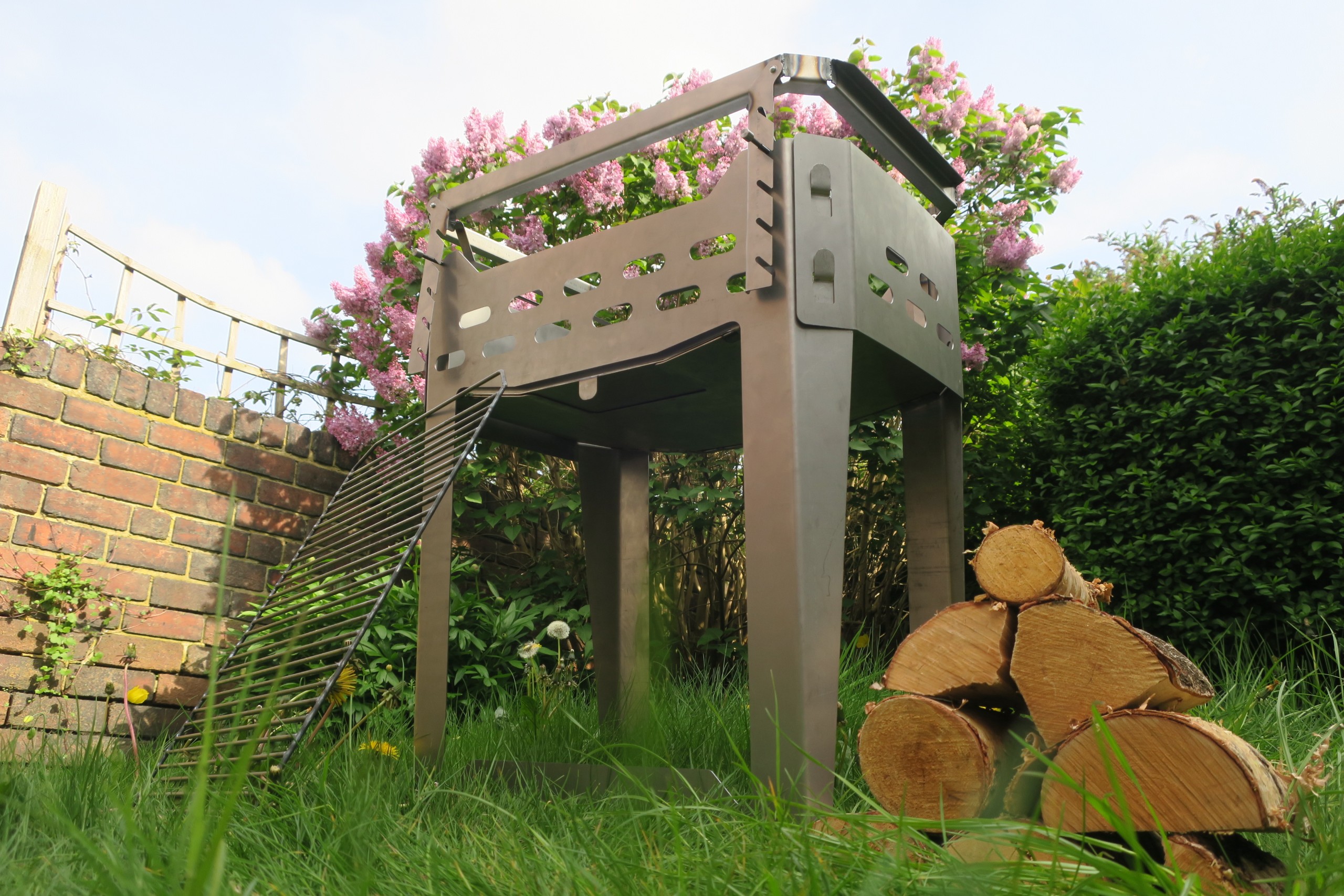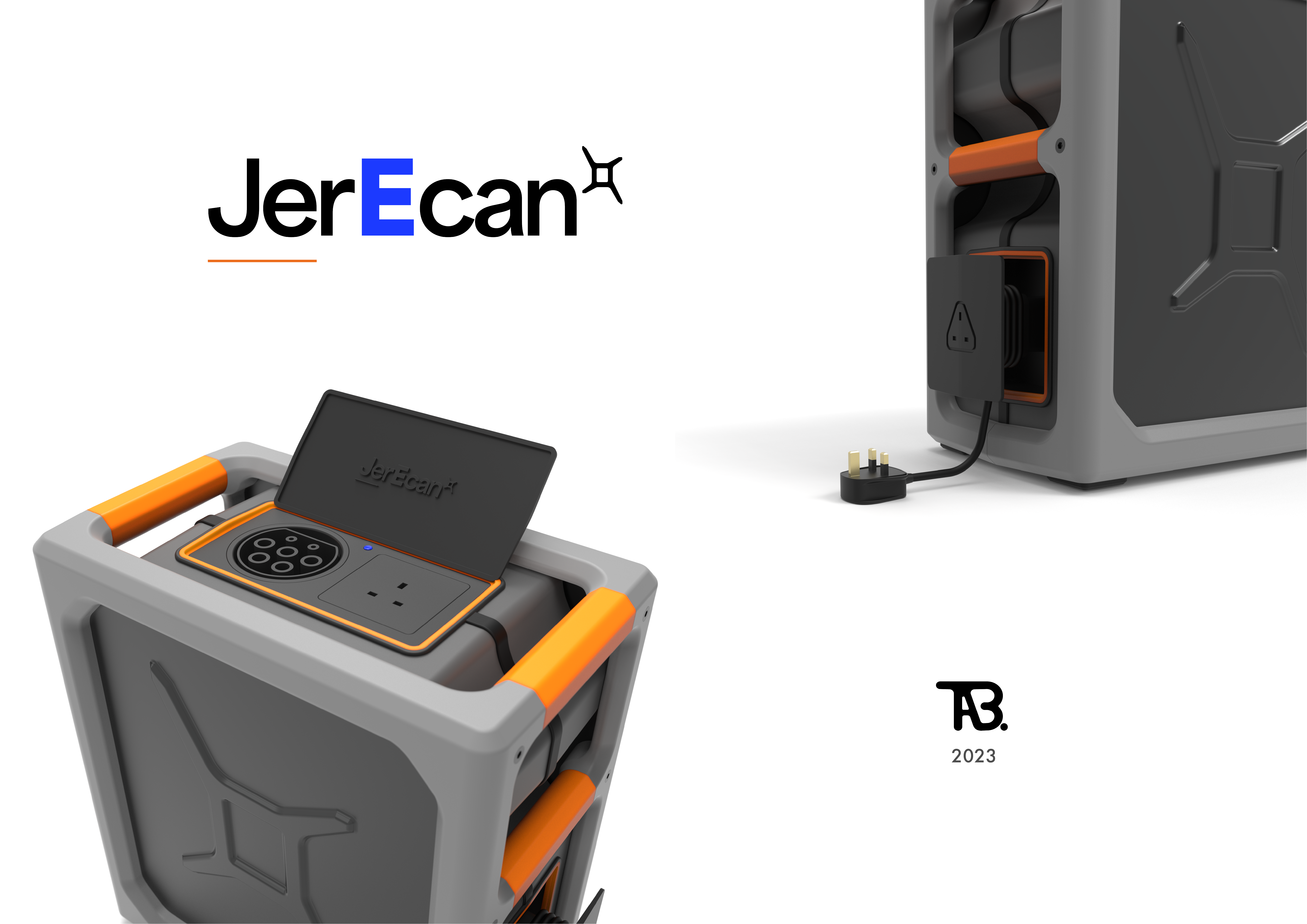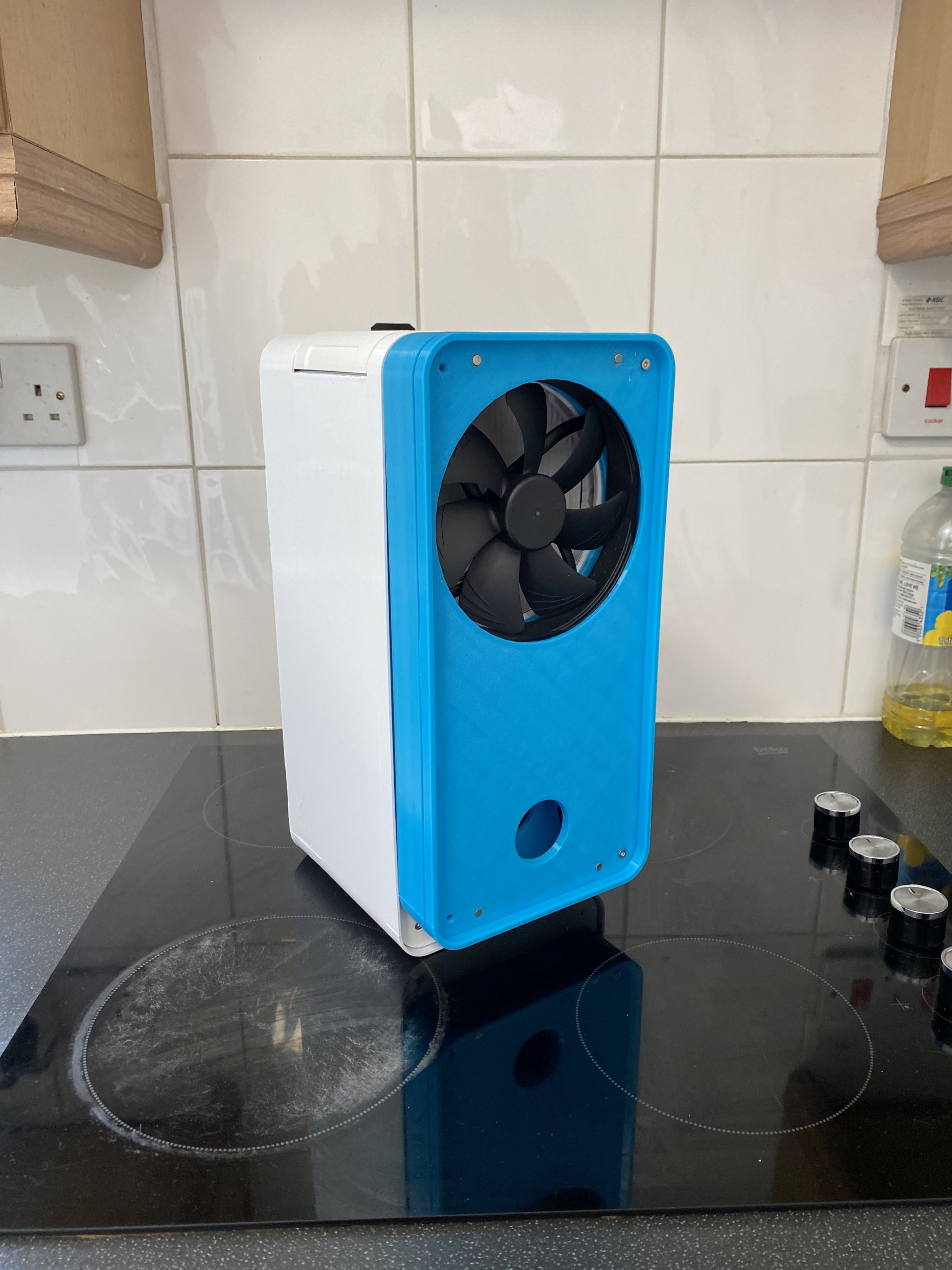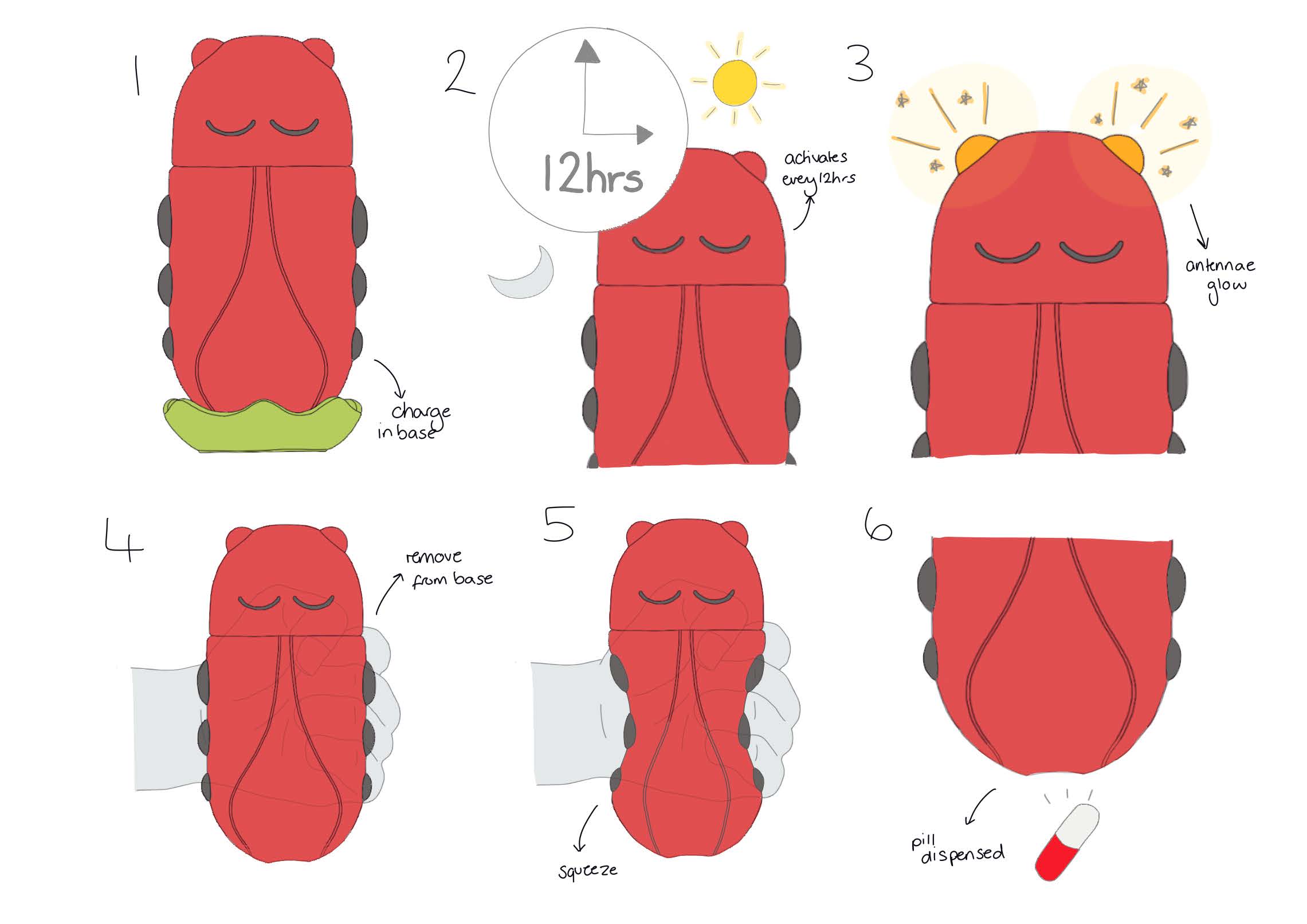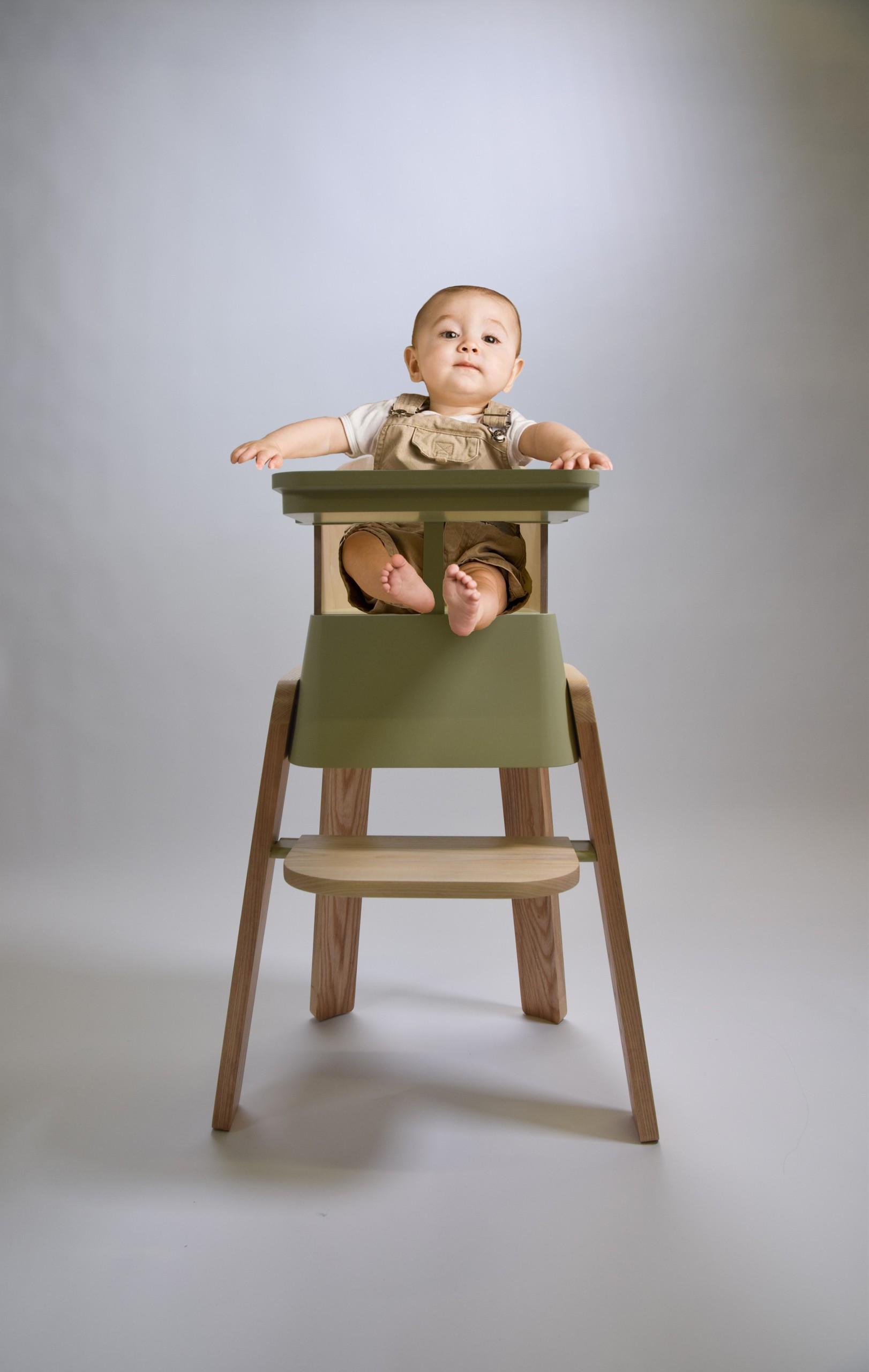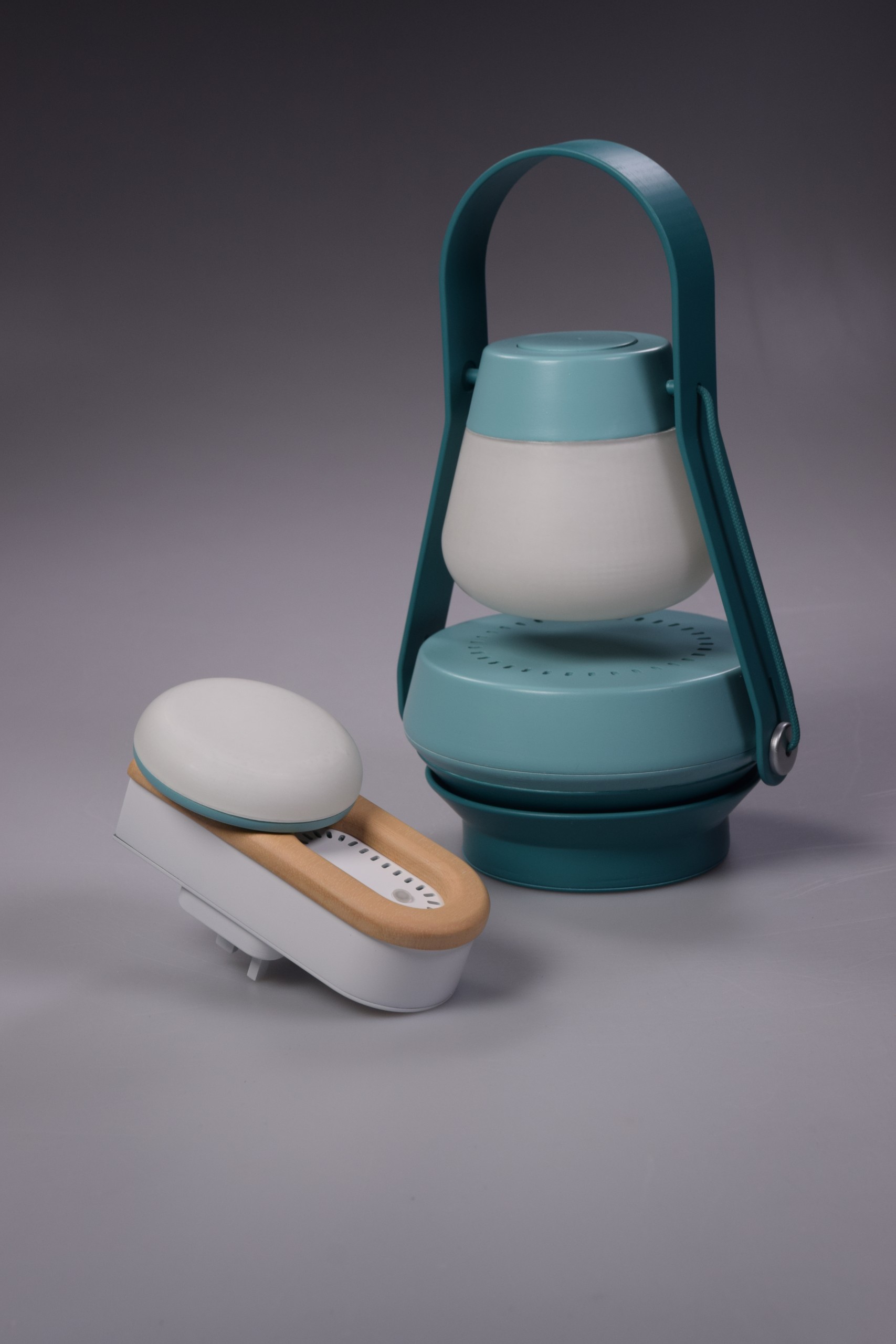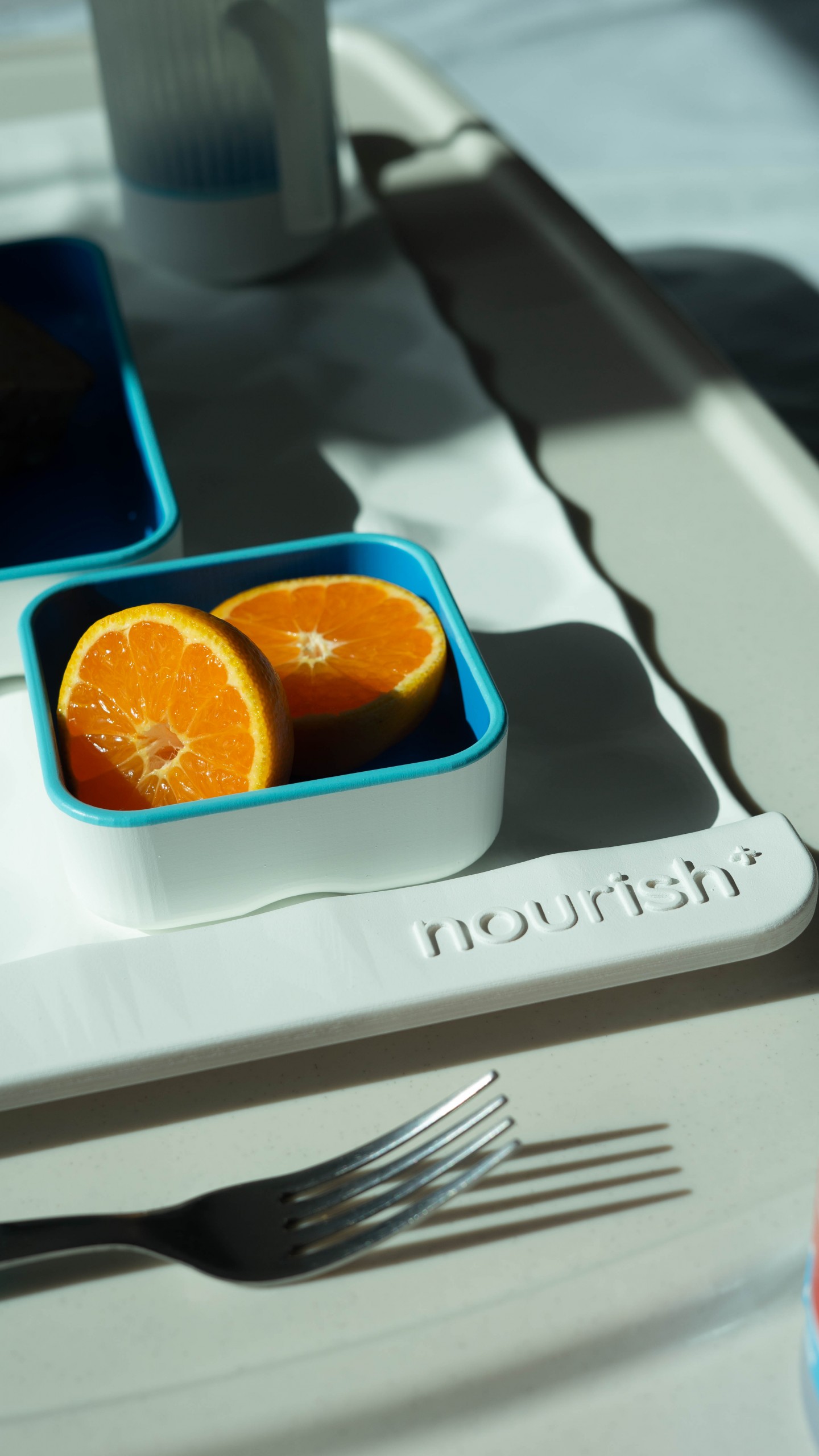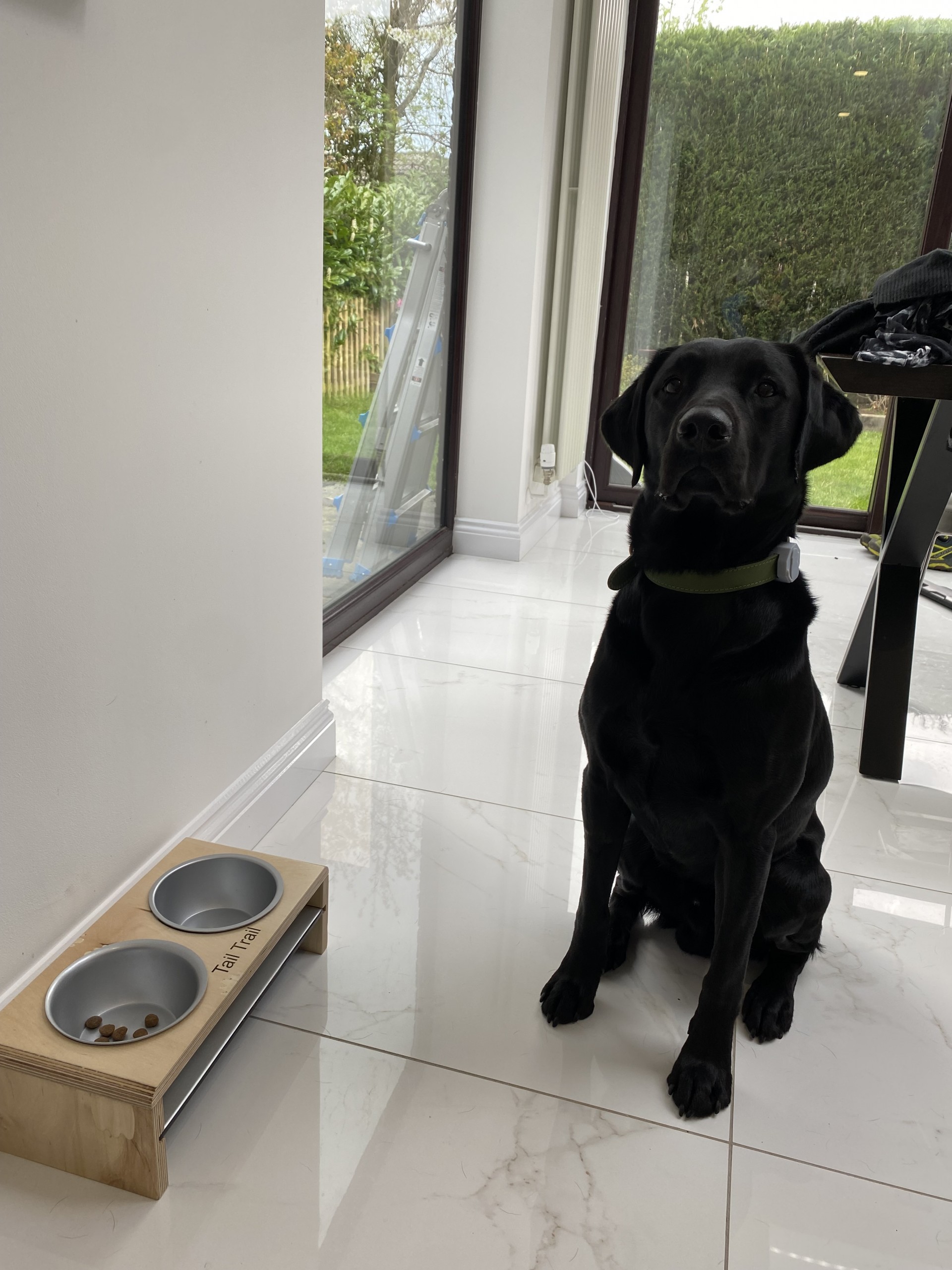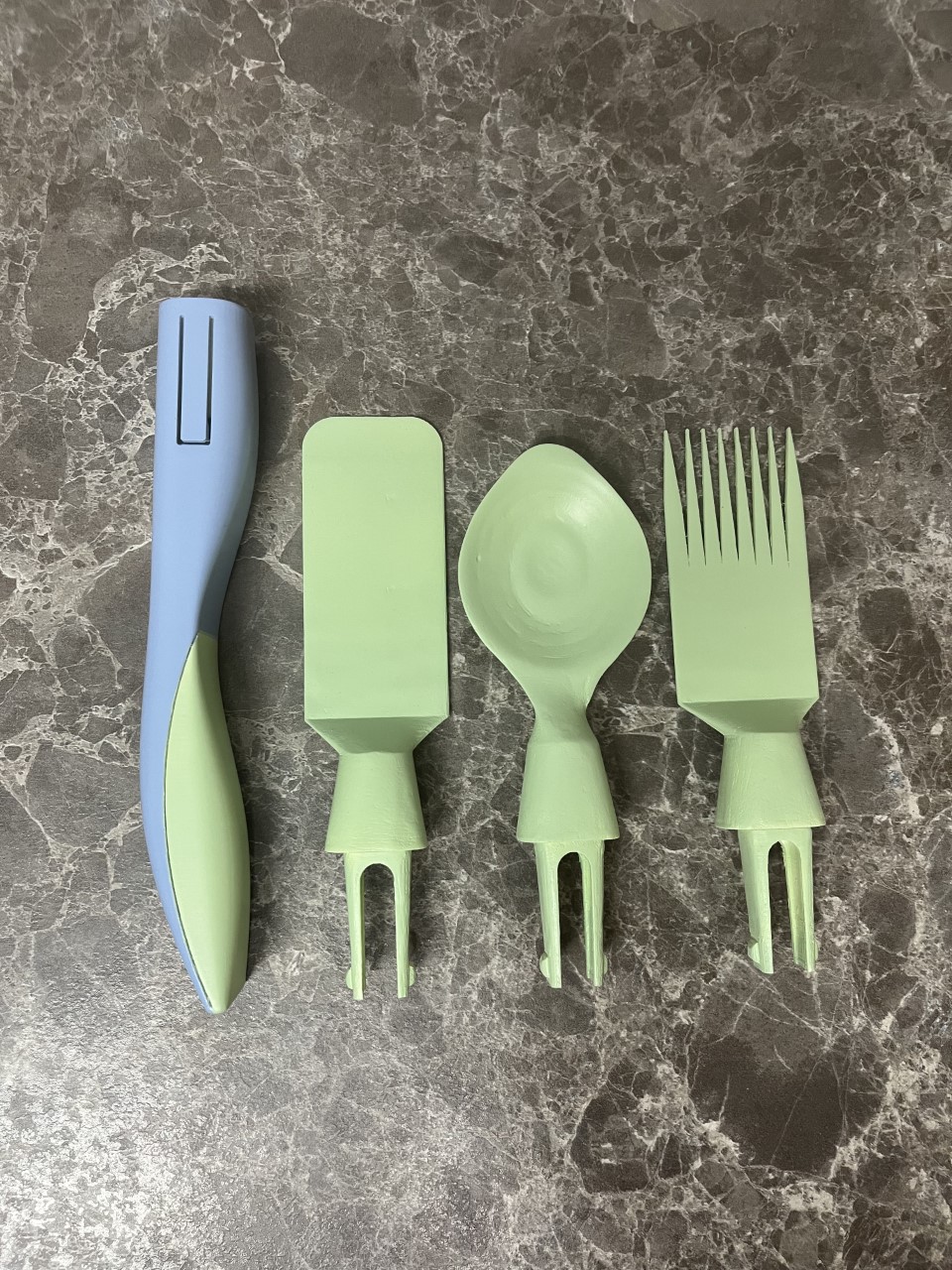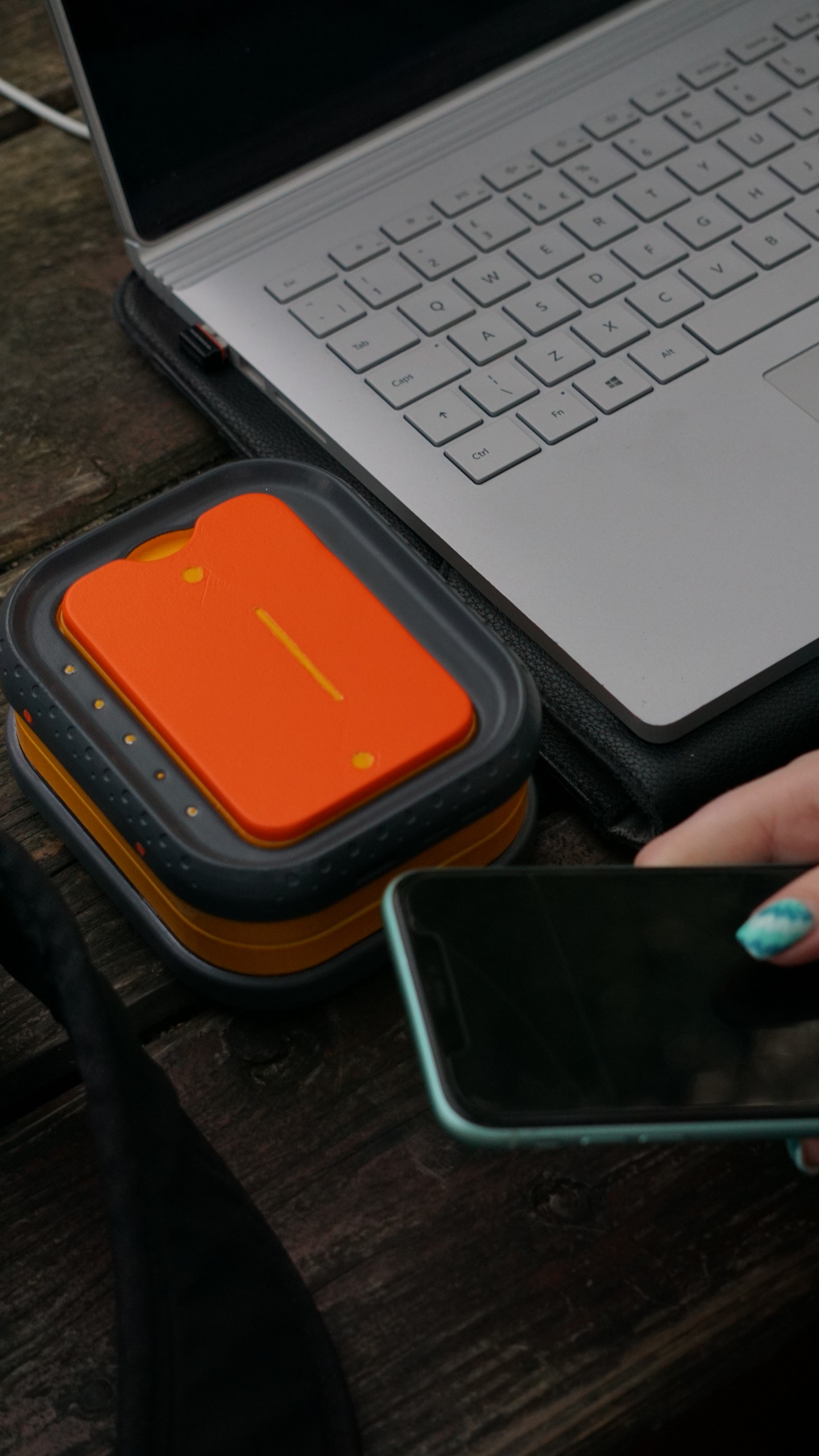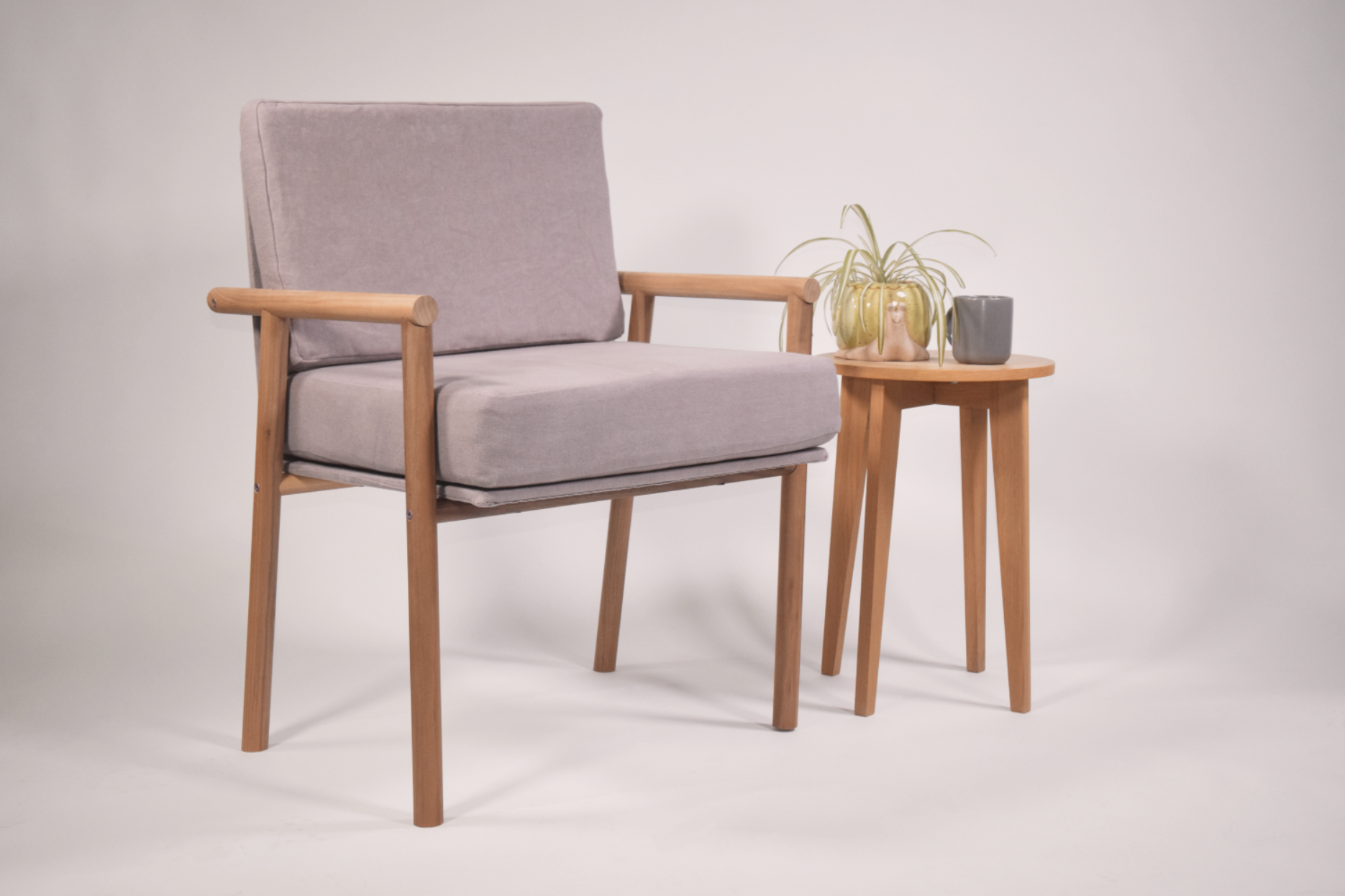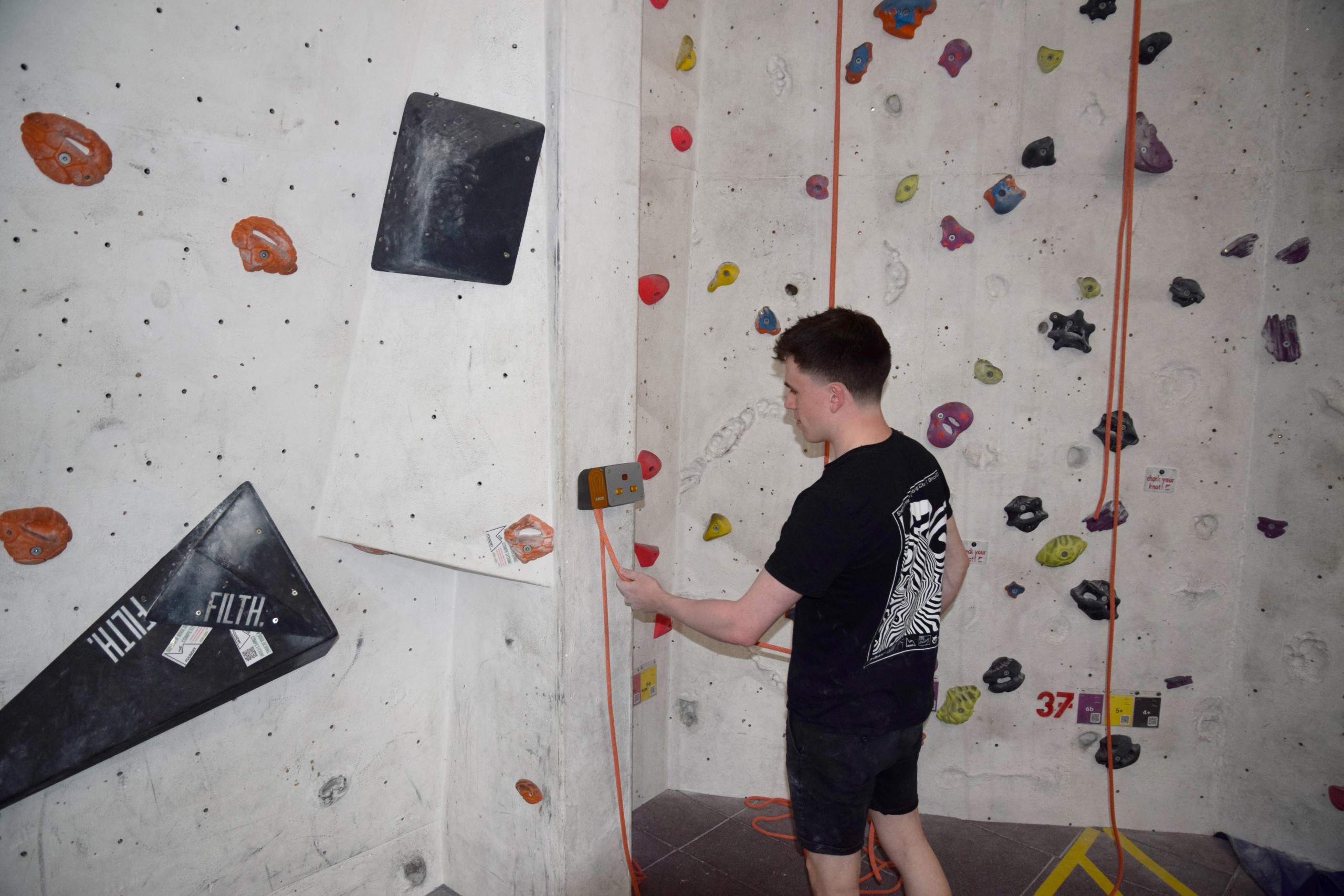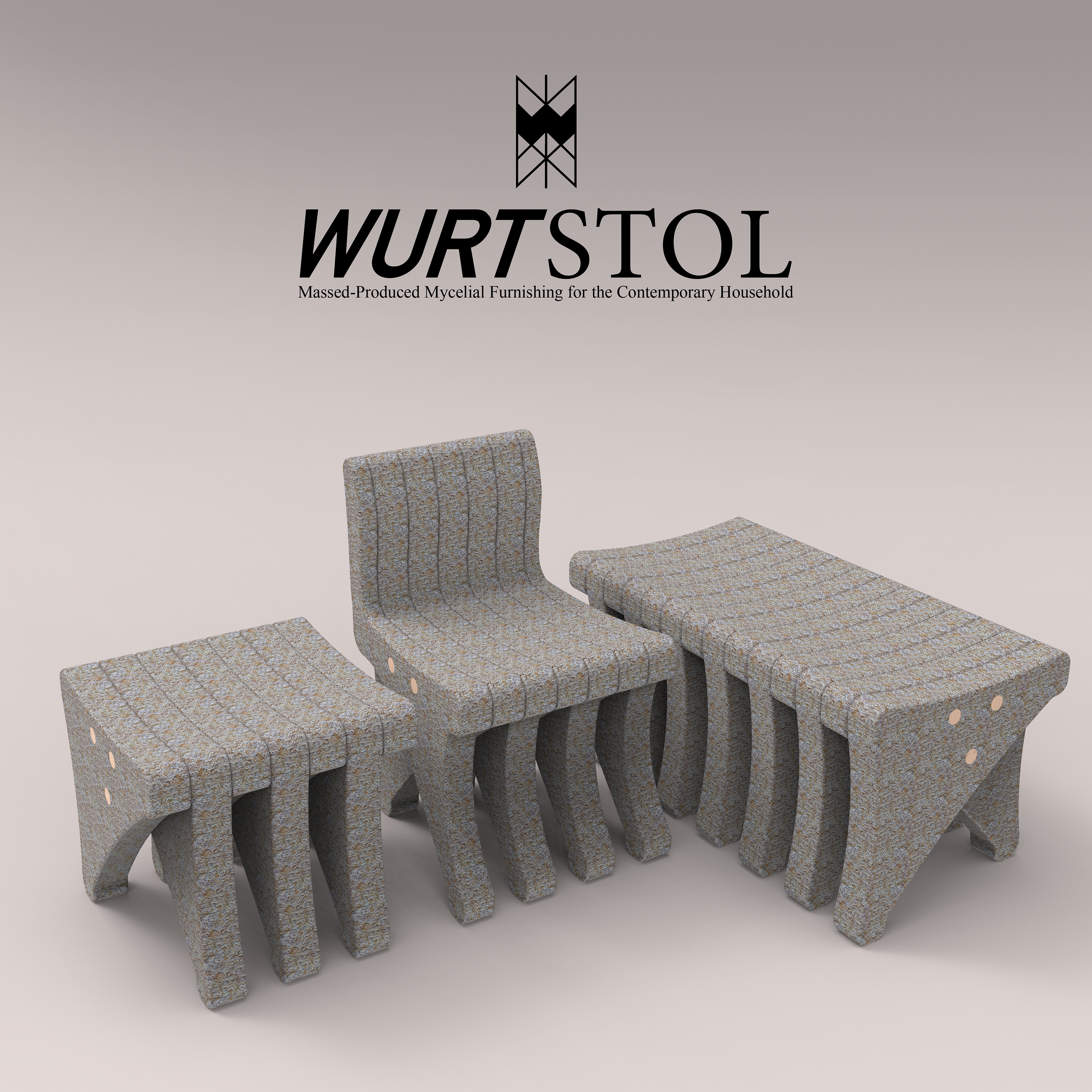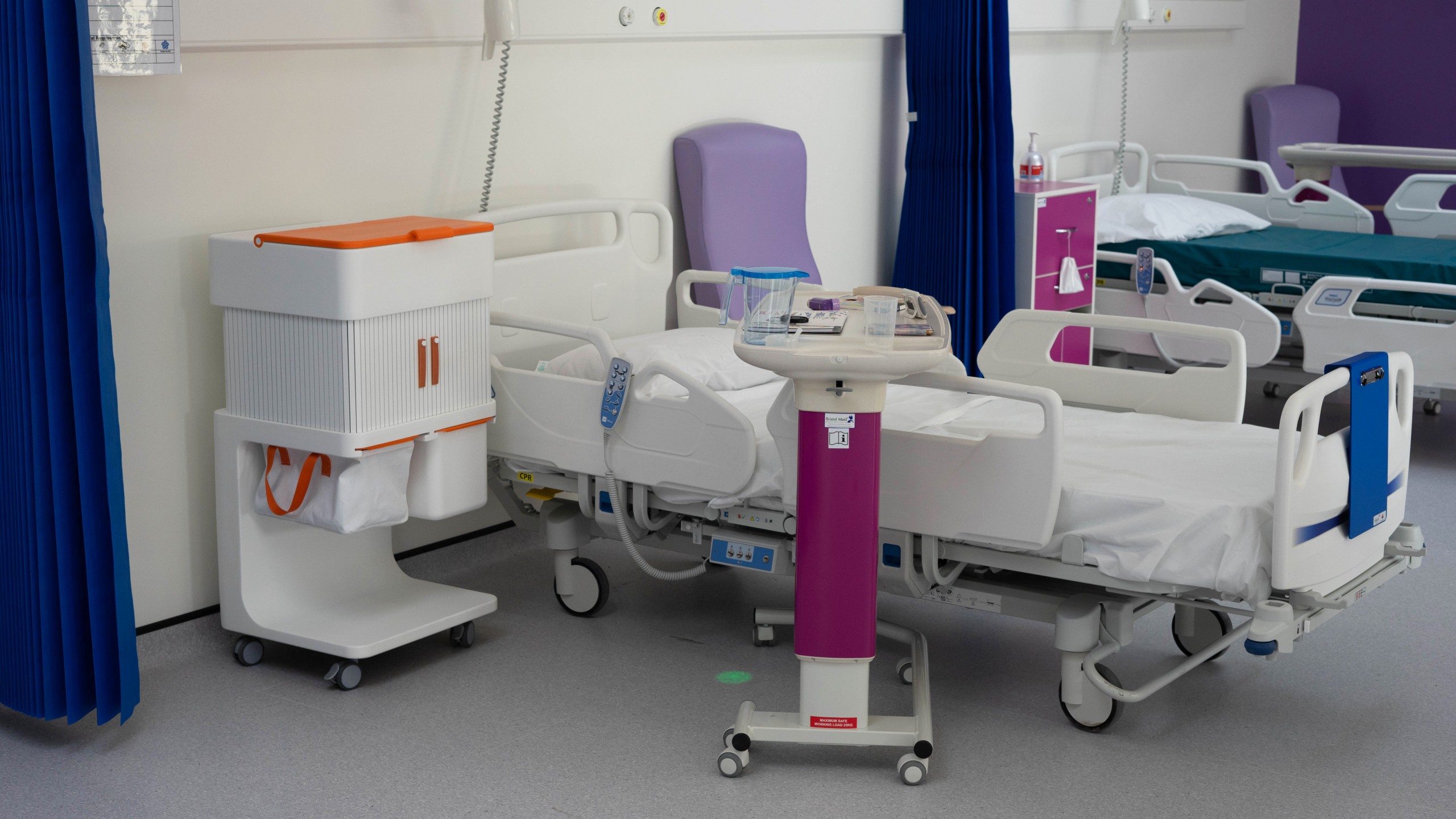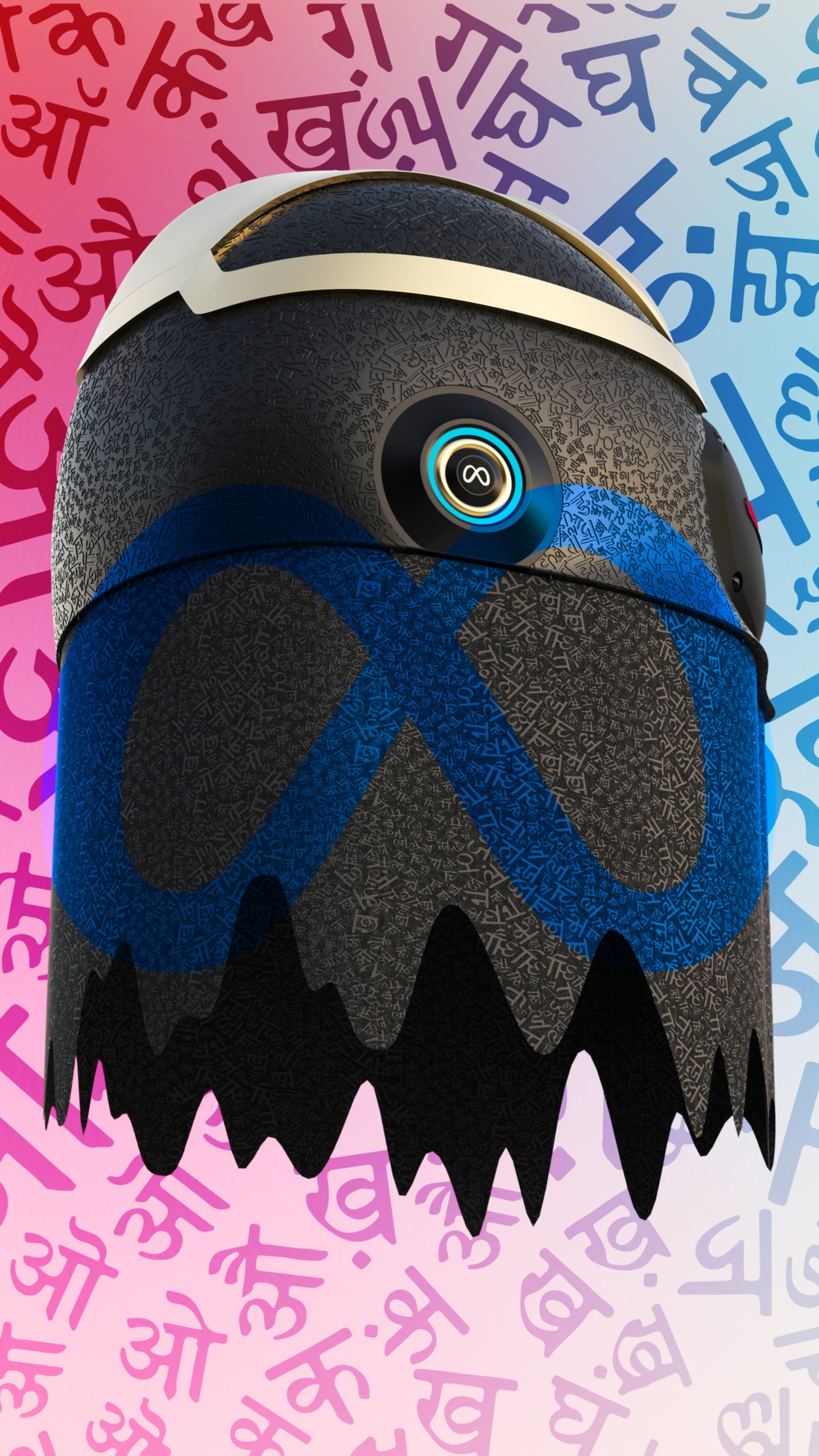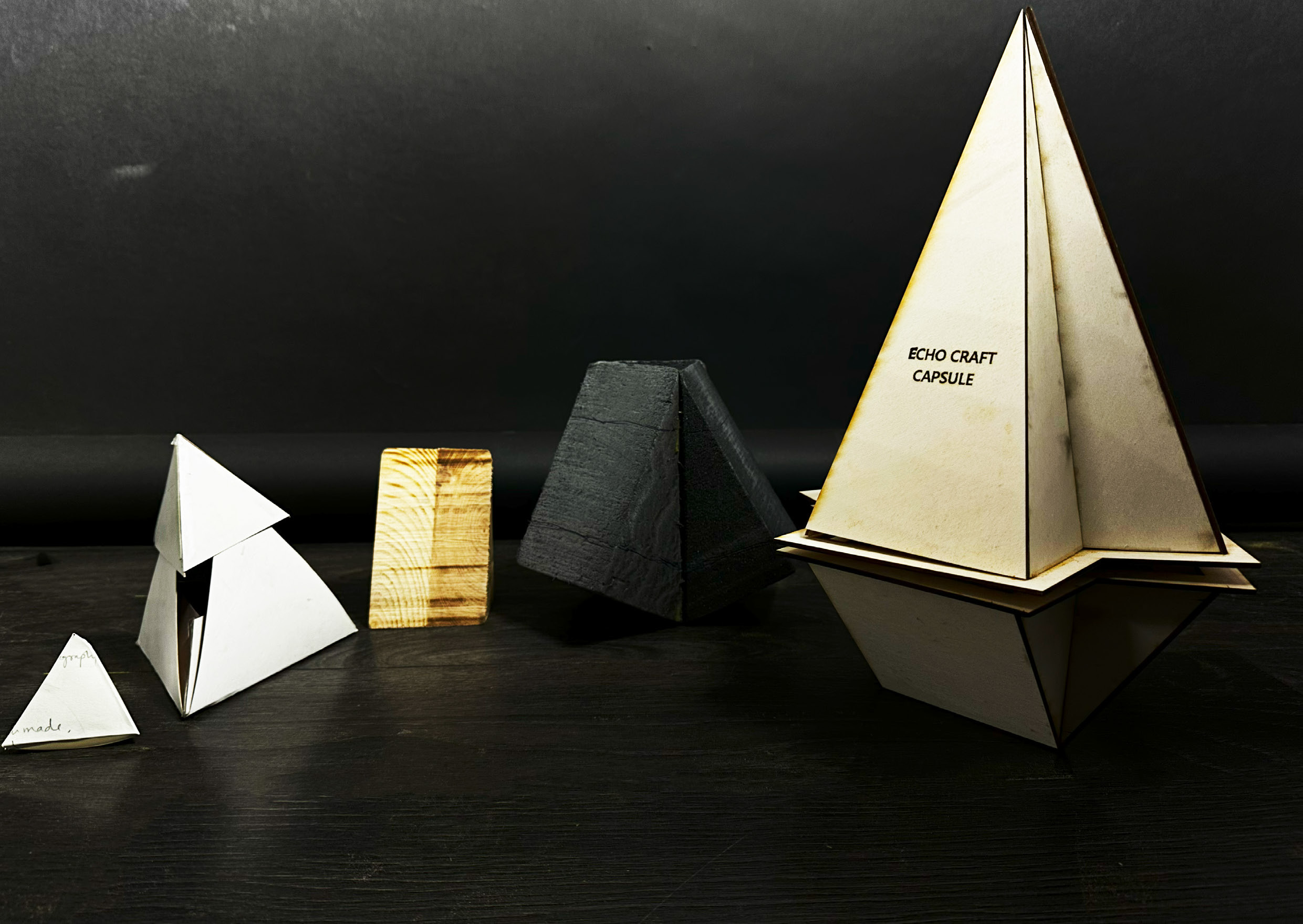
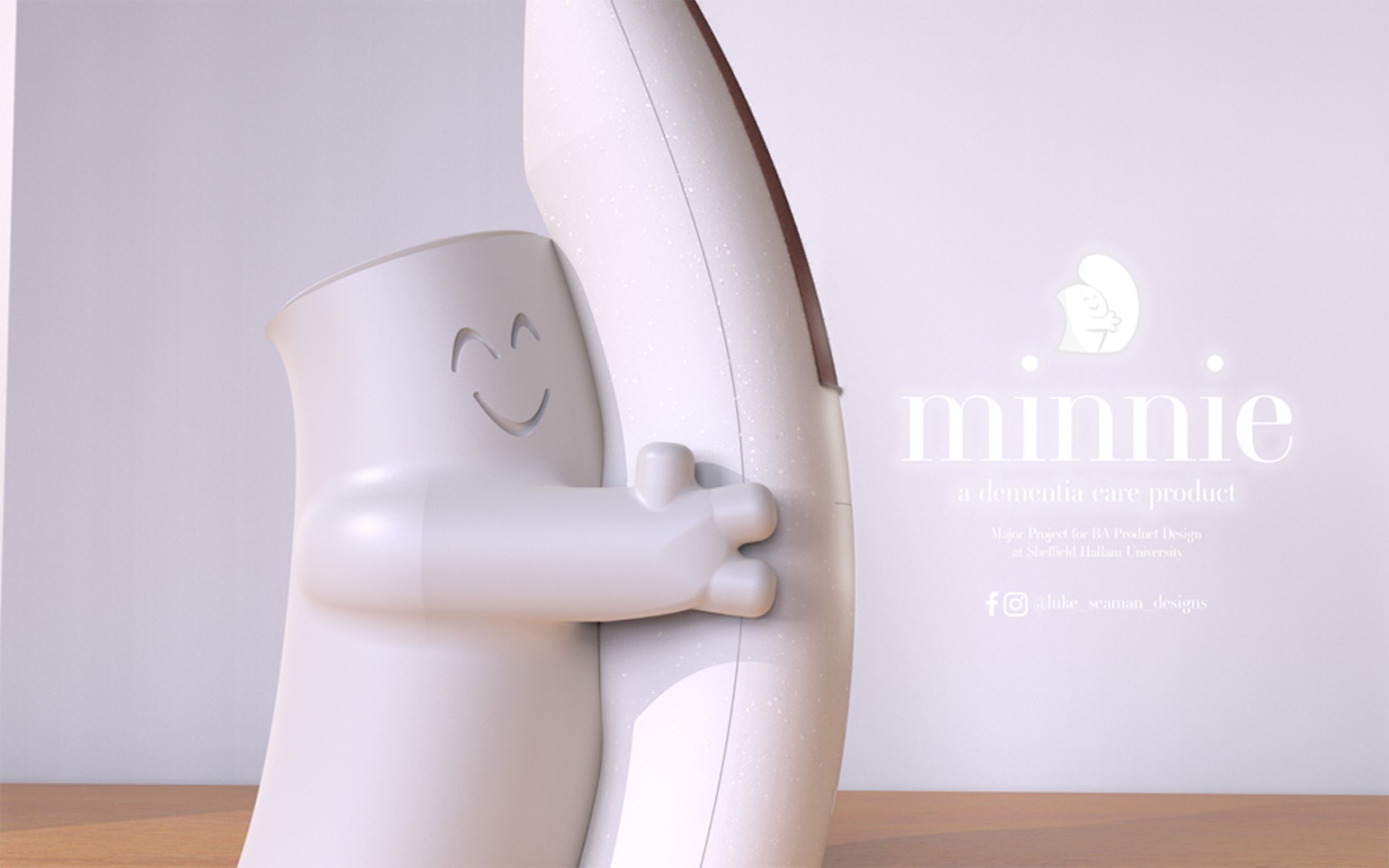
Minnie is an interactive photo experience for dementia patients. This experience allows a dementia patient to listen to pre-recorded messages that describe, using a familiar voice (e.g. family or friends), where, what, when a photo was taken.
Luke Seaman‘s idea was derived from primary research insights as well as personal experience of seeing a family member living with dementia. It is specifically aimed at people with early-stage dementia living at home where a loved one is caring for them. The design also needed to create an emotional attachment with the person with dementia to get them to engage with the activity better.
Minnie consists of two core elements: the service app and the product, aimed at the carer and the dementia patient respectively.
The app is to be used by the carer to record messages and upload them to RFID tags for the product to read, using a smartphone’s NFC sensor. The messages will be stored on the product’s handset and the tags will be used to tell the handset which recording should be played. The service also offers a space for a carer to seek professional support and track the product if a dementia patient was to walk away from the house with it.
The product is made of two parts, the character and the handset. The handset is used by the dementia patient to read RFID tags that will trigger a message about the specific photo it is attached to. The character is used to charge the handset while it is ‘hugging’ it and has been designed in a way to encourage the handset to be returned to its ‘friend’. The product also includes a material panel that will use a material of the user’s choice for them to better attach with the product.
